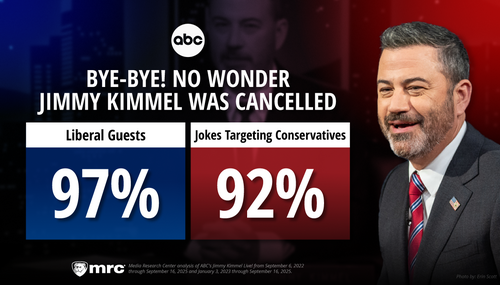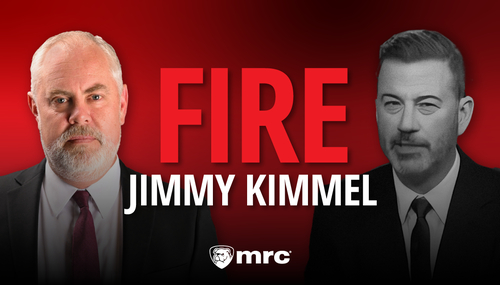
Apparently, this makes me a racist.
You see, Michael Oher happens to be black, and the Tuohys happen to be white. I actually think that’s pretty cool, especially because they live in Tennessee, and what gets us farther from the evil days of segregation than an increased number of mixed-race families? One would assume that liberals especially would be excited about that, right?
Not so fast.
The other day, after we saw the trailer again (we get choked up every single time), I casually mentioned that it wouldn’t shock me if some critics complained that the movie was a “typical white person saves a black person” story. Call it a hunch. I emailed a smart writer friend and mentioned that I’d like to write an article predicting the coming backlash, and he said I might want to reconsider because I could look “strident” if I was wrong. My immediate reaction was one of indignance as I thought angrily to myself, “What does ’strident’ mean?”
Not wanting to look “harsh, grating, or discordant,” I did some quick research and found that my article could no longer be a prediction, as the backlash has already started. I did a search for The Blind Side, criticism,” and five of the first ten items were blogs or articles about the racist undertones of the TRAILER. I saw the terms “racist” and “paternalistic” in nearly every article. In the Huffington Post, Mark Blankenship (whose bio mentions the NY Times, Variety, and Village Voice as outlets for his writing–shocking) wrote “The song (in the trailer) is called ‘How to Save a Life,’ a title that suggests the trailer’s breathtaking paternalism.”
Here is the definition of paternalistic: A policy or practice of treating or governing people in a fatherly manner, especially by providing for their needs without giving them rights or responsibilities. (emphasis added)
Wow.
Seeing as how these critics no doubt would consider health care, food, clothing, and shelter to be RIGHTS, and the trailer shows the Tuohys providing these for Michael, calling it “paternalistic” would seem to be a contradiction, hm? They also provided him with a top-notch private high school education and helped him go from having a GPA under 1.0 to making the dean’s list at a Division I college. He’s now a millionaire because of their efforts. No rights or responsibilities? Really?
Of course, if a movie came out showing white people in the government providing all this for Michael, it’d be a triumph of social justice, but a movie showing rich white people doing it on their own is “paternalistic” or a reinforcement of racist undertones in film. Food stamps? Good. Praying over a massive Thanksgiving meal in a huge dining room? Paternalistic.
The title of Blankenship’s piece is, “Should We Want Movies Like The Blind Side?” Think about that question. My first response would be:
It’s. A. True. Story.
Because art is supposed to reflect life, and life is supposed to be inspired by art, the question is basically, “should we want stories like this?” Do we want to see stories about homeless kids being adopted by strong nuclear families and steered towards success? Gee, I don’t know.
If you want to make the issue about race, let’s consider that a disproportionate number of black children are poor, in foster care, living with neither biological parent; supervised by a child welfare agency; or living with a single parent. Over 70% of black kids are born out of wedlock. Wouldn’t it stand to reason that we would want some of those kids adopted? Who cares what color the adoptive parents are, and if you do care, as critics of the film obviously do, doesn’t that make YOU the racist?
With “The Blind Side,” one cannot separate art from life. It’s a true story. Michael Oher was black, the Tuohys were white. Michael Oher was poor and homeless, the Tuohys were rich and lived in a huge house. Michael Oher repeated 1st and 2nd grade and attended 11 different schools in nine years; the Tuohy kids attended private schools their whole lives. Michael Oher’s mom was a crack addict, his father absentee, ultimately murdered when Michael was a high school senior. Now he has a mother and a father who not only didn’t abandon him, but who cared enough about him to take him into their home and family when he was a 16-year old, 6 ft. 4 in, 300 pound stranger. It’s all true. If the movie is racist or paternalistic or stereotypical or cliched or sappy for depicting it, then so is the story itself.
Would it have been a better, less paternalistic story if a family from his black neighborhood had taken him in? We’ll never know. Would it have been better if Gil Netter and 20th-Century Fox, in an effort to avoid racism or paternalism, resisted making this film because the Tuohys happened to be white, or perhaps changed the story to make it a white kid?
Thankfully, we’ll never know that either.
Originally published at Big Hollywood on November 18.




